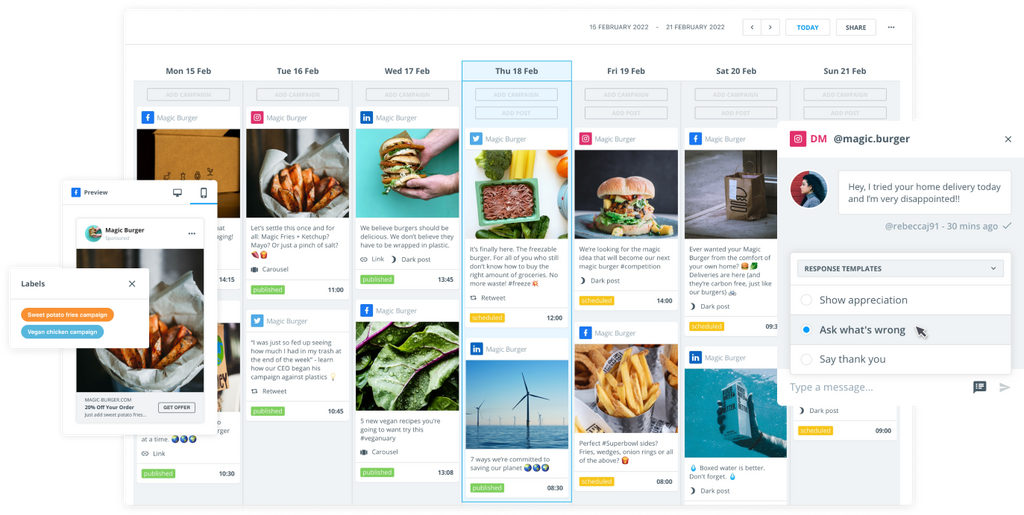Three steps to optimizing your brand-influencer collaboration
1. Finding the right influencer
No matter your brand’s industry, someone is probably already building credibility on social media – potentially influencing purchase decisions. Therefore, finding and qualifying influencers for your sponsored post on social media is crucial in building an effective influencer marketing program. The right influencer already has an audience whose interests align with your product offerings, making it easier and faster to get them curious about a new product.
2. Managing the partnership
If you are working on a small, one-off campaign, you might be able to manage all efforts using a spreadsheet. But suppose you plan on expanding your influencer marketing initiatives. In that case, the administrative portion of the program can become somewhat of a nightmare, cutting into your team’s productivity and putting your relationships with influencers at risk.
3. Measuring the results
Like with any marketing effort, measuring the results of your brand-influencer collaboration is vital to ensuring the success of your program.
The process behind launching influencer marketing campaigns used to be labor-intensive and time-consuming. The marketer would need to find influencers on social media, manually add and maintain their records in a document (typically, a spreadsheet), and track campaign performance. The alternative would be very costly – if the brand brought in an agency.
Today, there are many tools that can help marketers measure, optimize, and manage all their influencer marketing in one place, like Brandwatch’s Influence. And measuring and reporting on campaigns in real-time can be a game changer, saving your team days of work and providing valuable insights in a matter of seconds.
Are you looking to improve your understanding of influencer marketing? The Waffle-Free Guide to Influencer Marketing will be your go-to resource for everything relating to getting your brand or product talked about on social.
How can marketers use all these insights?
Going back to our discussion about the posting times, it’s tempting to go live around the time every other influencer does it because “influencers probably know better”. However, if you consistently post during the busiest times, even the best content ideas have a higher chance of getting passed by or overlooked. When working with influencers around sharing product-related content on social media, marketers need to be strategic and figure out the optimum time that works for their audience. Hint: Your own data is the real source of truth.
The same goes for social media platforms. While some topics and influencers tend to gather a bigger audience on one social network over the other, that’s not to say that all other social channels should be disregarded.
With solutions like Brandwatch’s Social Media Management, your social media team will be fully equipped to analyze the conversation online, discover when the audience you’re looking to engage with is most active and where, and build these insights into your influencer marketing strategy.
For more information on the best times to post on social media and why it’s beneficial to plan the content distribution ahead of time, you can read What are the Best Times to Post on Social Media?
Looking to discover more industry benchmarks and best practices?Look no further: Read our latest mega report, The State of Social.
